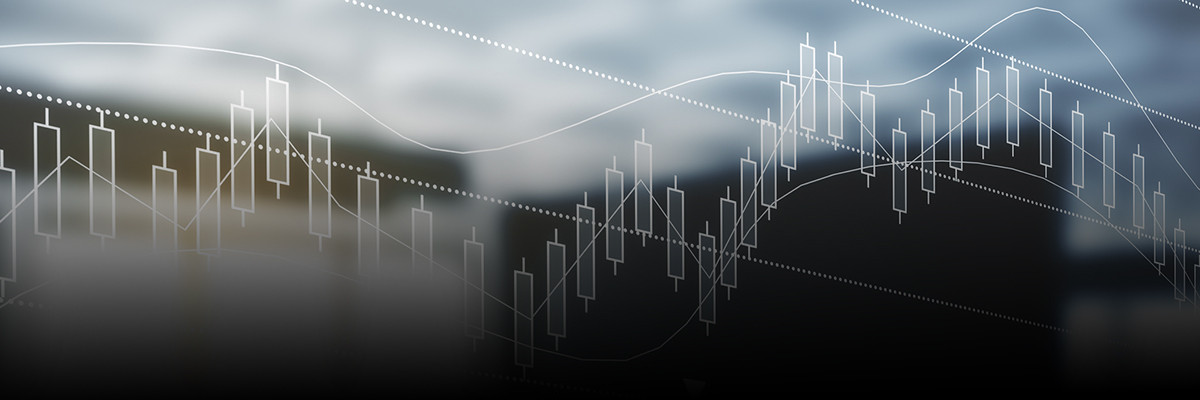
Authors
-
Denielle Harrison
Former Manager, BSR
The world is changing, with massive implications for business strategy and value creation. Whether it is new energy systems, disruptive technologies, new business models, changing demographics, hyper-transparency, or rising geopolitical uncertainty, the operating context for companies is evolving.
We believe the best response to address our changing world is not to continue integrating sustainability into company strategy, but to develop a completely new way of designing business strategy and creating value. As many sustainability practitioners will tell you, materiality is critical to establishing and refining your company’s approach to sustainability and environment, social, and governance (ESG) issues. Sustainability is a broad and evolving concept: A materiality assessment prioritizes the most important issues and topic areas for your company, helping you develop and refine your sustainability strategy and external reporting.1.
The relationship between materiality and financial reporting, risk, or issue management not always clear to the core business, which is likely related to the historic separation of sustainability and business strategy. To create a more resilient business strategy with sustainability at its core, here are four ways to enhance your materiality process:
1. Leverage Data Analytics and Artificial Intelligence
BSR partners with reputation intelligence firm Polecat to incorporate big data into materiality. This approach enhances the materiality process by providing data-driven insight on public perceptions of key ESG issues in your company and industry to inform prioritization. Polecat’s MeaningMine can identify stakeholder segments, like Tier 1 media, investors, and NGOs; consumer segments; and language-based regional segments to identify the most prominent issues for each. Used as a supplement to qualitative assessment inputs, such as interviews, big data strengthens the output of the materiality assessment by expanding your external reach, allowing for a more robust sense check of initial findings, illuminating risks and issues of most concern, and identifying emerging issues.
2. Conduct Regional Assessment
Sustainability/ESG priorities can vary significantly by region, which means globally focused assessments may not always capture the nuances of regional or market-specific expectations. This is particularly true for international companies with diversified business portfolios and regional business units. For example, a recent assessment with a member company revealed that terrorism and security was an extremely high priority for its operations in the Middle East, though this was not a priority at the global level. Similarly, topics like diversity and inclusion, genetically modified organisms (GMOs), and automation typically see varying prioritization by region due to regional legislation, public sentiment, and broader business action. A regional approach to materiality can help provide nuance and inform human and financial resource allocations to address priority issues. Moreover, engaging with your regional teams through the materiality assessment is an excellent way to gain buy-in and drive interest and internal support for both the assessment itself and sustainability/ESG more broadly.
3. Future-Proof
While materiality is undoubtedly useful, it is a static assessment, typically only capturing your company’s present priorities. Priorities can gradually change over time, or they can shift rapidly and unexpectedly—as we have seen with the recent increase in concern over corporate integrity and diversity—making your sustainability strategy unforeseeably obsolete. Resilient strategies must consider the disruptive trends, unintended consequences, and residual impacts that may affect them in the future. We have collaborated with various member companies in scenario-planning workshops to test current and emerging material priorities against various future scenarios. As one interviewee for our recent report, Redefining Sustainable Business: Management for a Rapidly Changing World, told us, “Scenario planning is not a prediction of the future, but a way to understand how our business would look in a new environment and to test the resilience of the business in the future.” Future-proofing helps to identify highly dynamic issues, critical uncertainties, and likely strategic implications for sustainability and the business.
4. Align with Enterprise Risk Management (ERM)
Incorporating sustainability into ERM is an increasing focus for companies, as it offers a tangible pathway to integrate sustainability priorities into the business. Materiality is often misunderstood and undervalued by the business and can be confused with enterprise risk. ERM can also be limited, as it tends to focus on short-term risks that are measurable and manageable. We can help you align your sustainability and risk management frameworks and incorporate risk-oriented sustainability priorities into ERM. This alignment can help your company improve its risk processes to better manage cross-cutting, significant long-term risks like climate change.
Scenario planning is not a prediction of the future, but a way to understand how our business would look in a new environment and to test the resilience of the business in the future.
These new approaches to materiality are not mutually exclusive: They can all be incorporated into your materiality assessment to help your company more effectively anticipate and manage priority issues and risks. If you’re interested in learning more about how to leverage them for your sustainability work, please contact us or join us in New York this November at the BSR Conference.
BSR’s latest sustainability insights and events straight to your inbox.
Let’s talk about how BSR can help you to transform your business and achieve your sustainability goals.